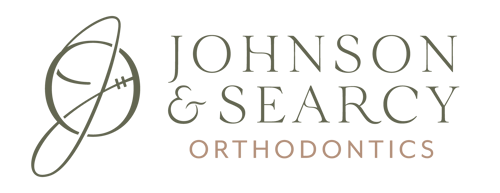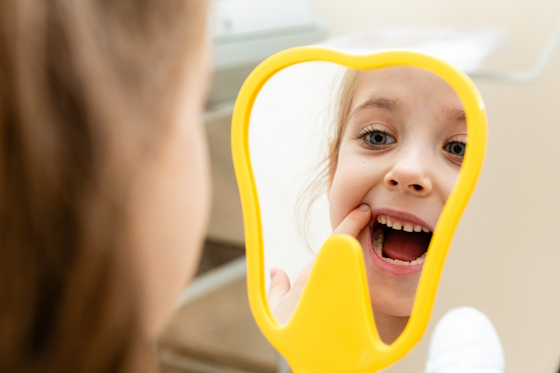Giving Growing Smiles a Head Start
At Johnson & Searcy Orthodontics, we believe the earlier we can guide your child’s smile, the better the outcome. Early orthodontic treatment—also known as Phase 1 treatment—is designed to catch potential issues while a child’s mouth is still developing. By addressing concerns early on, we can help prevent more serious complications later. It’s all about setting the stage for a healthy, confident smile that grows with your child.
Early Orthodontic Treatments
Setting the Foundation for a Lifetime of Perfect Smiles.
Our early orthodontic treatments use gentle, customized appliances designed to guide your child’s jaw growth and create space for incoming teeth. These may include expanders to widen the palate, partial braces to correct bite issues, or removable devices that help align the jaw. See below for more information on what to look for during your child’s development—early signs that may indicate the need for orthodontic evaluation and timely treatment to support healthy, confident smiles.
The American Association of Orthodontists recommend all children have an orthodontic evaluation at the age of 7.
Crowding or Misalignment
Bite Problems
Jaw Growth Imbalances
Early or Delayed Loss of Baby Teeth
Habits Like Thumb Sucking & Mouth Breathing


Frequently Asked Questions
Have any Question?
Our FAQ sections are designed to help you quickly find answers to common orthodontic issues and provide guidance on how to manage issues until you can visit our office. If you’re unsure about any situation or need immediate assistance, don’t hesitate to contact us for expert support.


